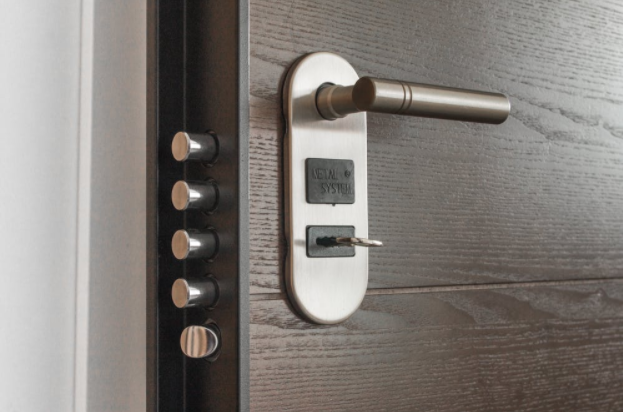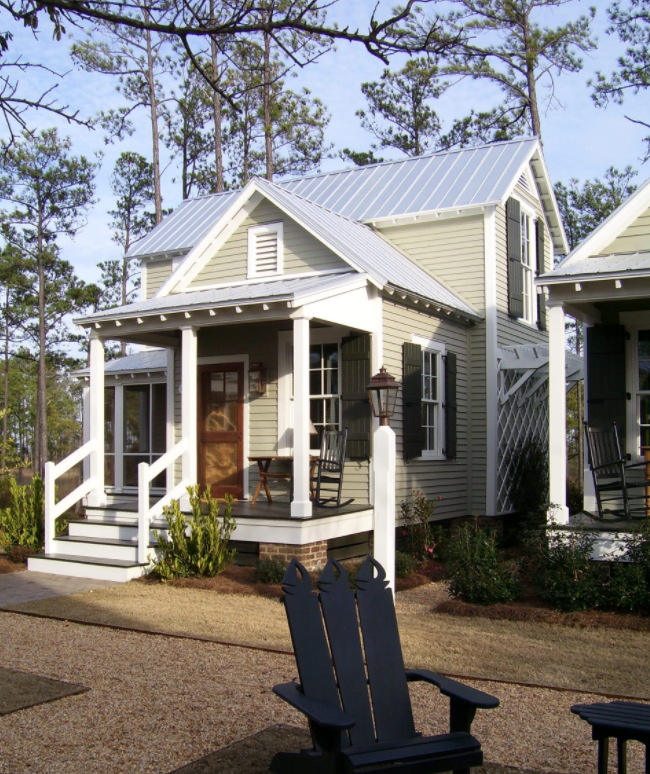5 Tips for Door Lock Maintenance

Our door locks protect and keep us safe from thieves and burglars. Unfortunately, many forget to do proper maintenance on their locks, causing them to fail later on!

Photo By: Pexels
Many hardware-bought locks can be used for decades without needing replacement, but this doesn’t mean they should be neglected. Lock maintenance ensures protection for your assets, and prevents you from paying more for repairs.
Door locks, particularly those used for front doors, can accumulate dirt and grime. Without proper maintenance, this debris can make the lock harder to operate and even cause breakage. Here are some tips for doing door lock maintenance:
1. Check Your Door and Frame
One of the key things to remember when ensuring that your locks function well is to make sure your doors are hung properly. Sagging or dropping doors can cause them to put more pressure on the latch or bolt. When this happens, you may find it harder to open the door. Ideally, the door and its frame should have an even gap of at least ⅛ of an inch to less than ¼ inch from across the top and its sides — any more than this gap can already cause significant misalignment.
2. Inspect Door Screws and Strike Plates
Another maintenance practice is to check if the door screws and strike plates are appropriately installed. In general, the top hinge connected to the door frame should be long enough to secure the door and the wall framing. Adding a longer screw, about three-inch in length, can prevent sagging doors. This addition can also be good for increasing the break-in resistance of your door.
As you’re inspecting your door frame, you should also check the strike plates. If you’re using a deadbolt, you should use longer screws connecting it to the wall.
3. Examine Deadlatch and Deadbolt Alignment
When testing your door locks, you should note if your deadlatch is falling into the strike plate. Keep in mind that the deadlatch is a critical security factor that has been built into modern locks. However, no matter how modern this feature is, it will not work if it’s not aligned correctly with the strike plate.
You also need to check if the deadbolt works without any issues, particularly as the door closes. Remember, there’s no need to lift, push, or pull the door to activate the lock. You also have to make sure the hole on the door jamb is deep enough for the deadbolt to extend fully. If it’s not fully extended, the deadbolt won’t be effective in securing your home.
4. Do Clean Your Locks
Removing dirt and grime can prolong the lifespan of your door lock. Some locks are easier to maintain as you would only need to use a damp rag. However, if it’s really dirty, you can go ahead and use a mild soap to remove all the dirt. Using a chemical or abrasive cleaner is not ideal, as it can strip the lock of its protective coating, making it more susceptible to rusting and damage.
5. Lubricate Your Locks
As you clean the outer surface of your locks, you should also make sure that you’re cleaning it from the inside, and lubrication often does the trick. After spraying the lubricant, insert the key and take it out of the lock repeatedly. Make sure to remove any debris before putting it back in the lock. Using petroleum-based lubricants should be avoided. Lubricating your doors at least once a year may be enough.
If you notice that your door lock isn’t functioning well, consulting with a professional Locksmith in Lynchburg Virginia can help you identify the issue and advise you on what maintenance you should do to prevent them from happening again. Do this before considering replacing your entire front door.






